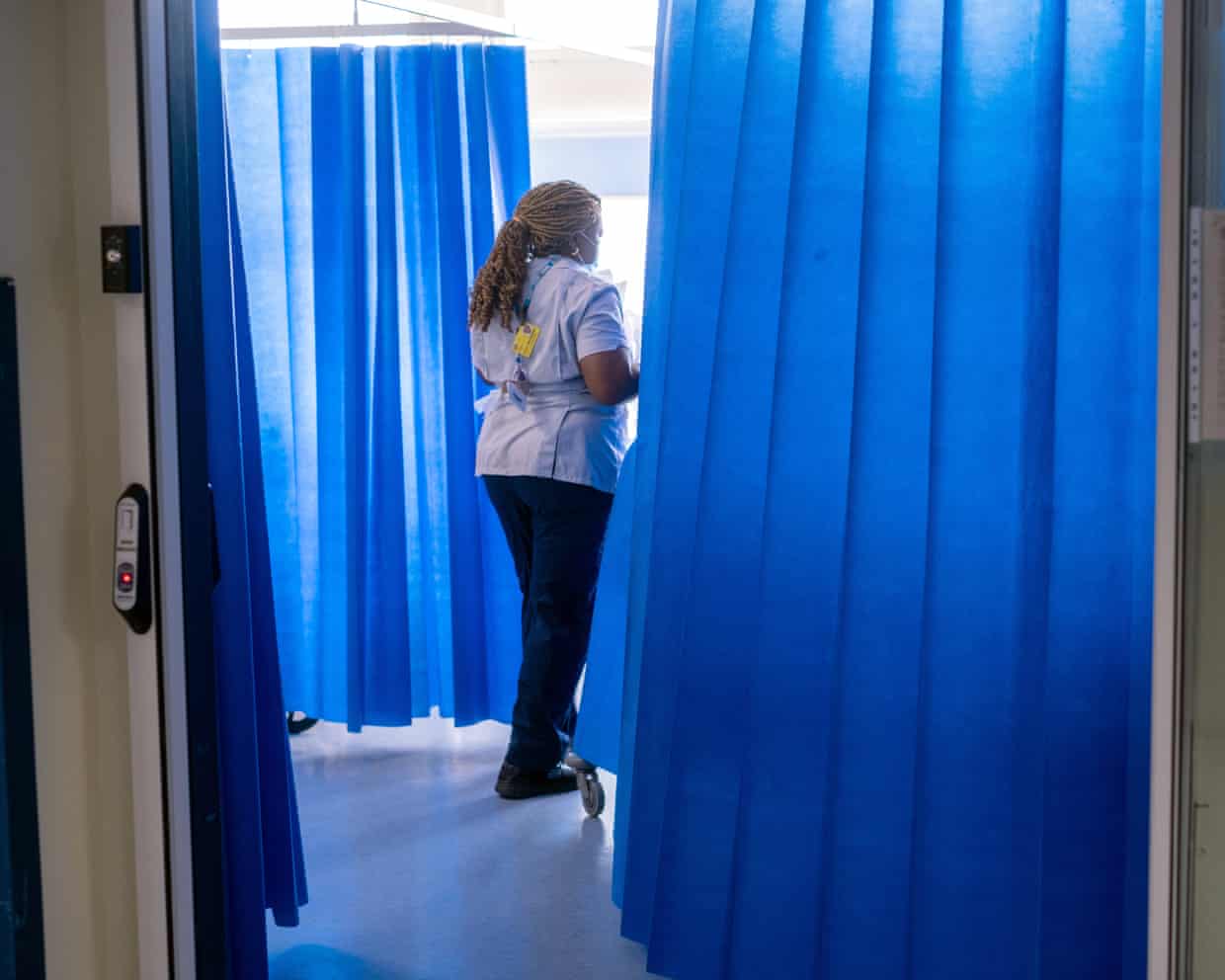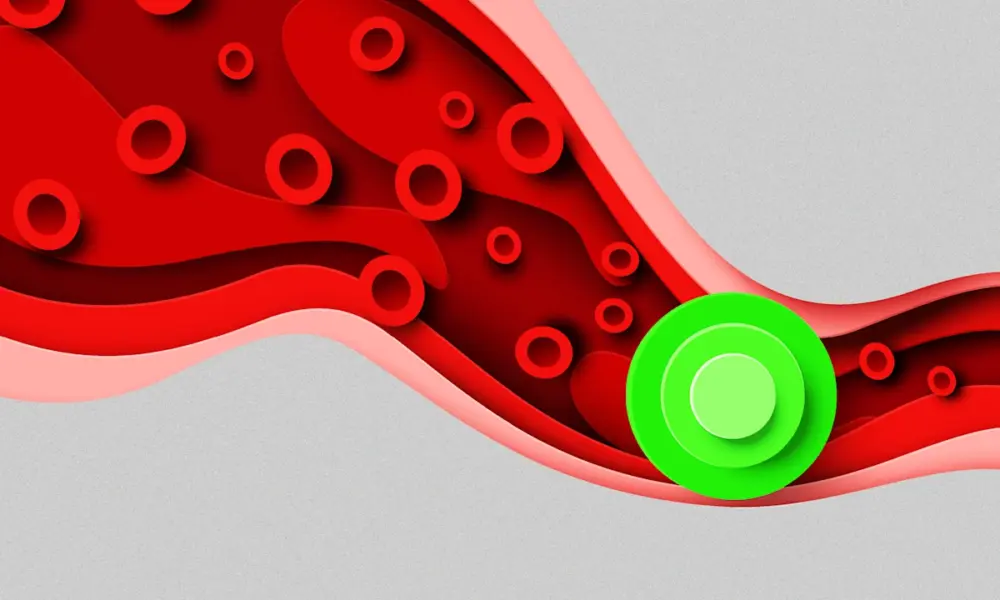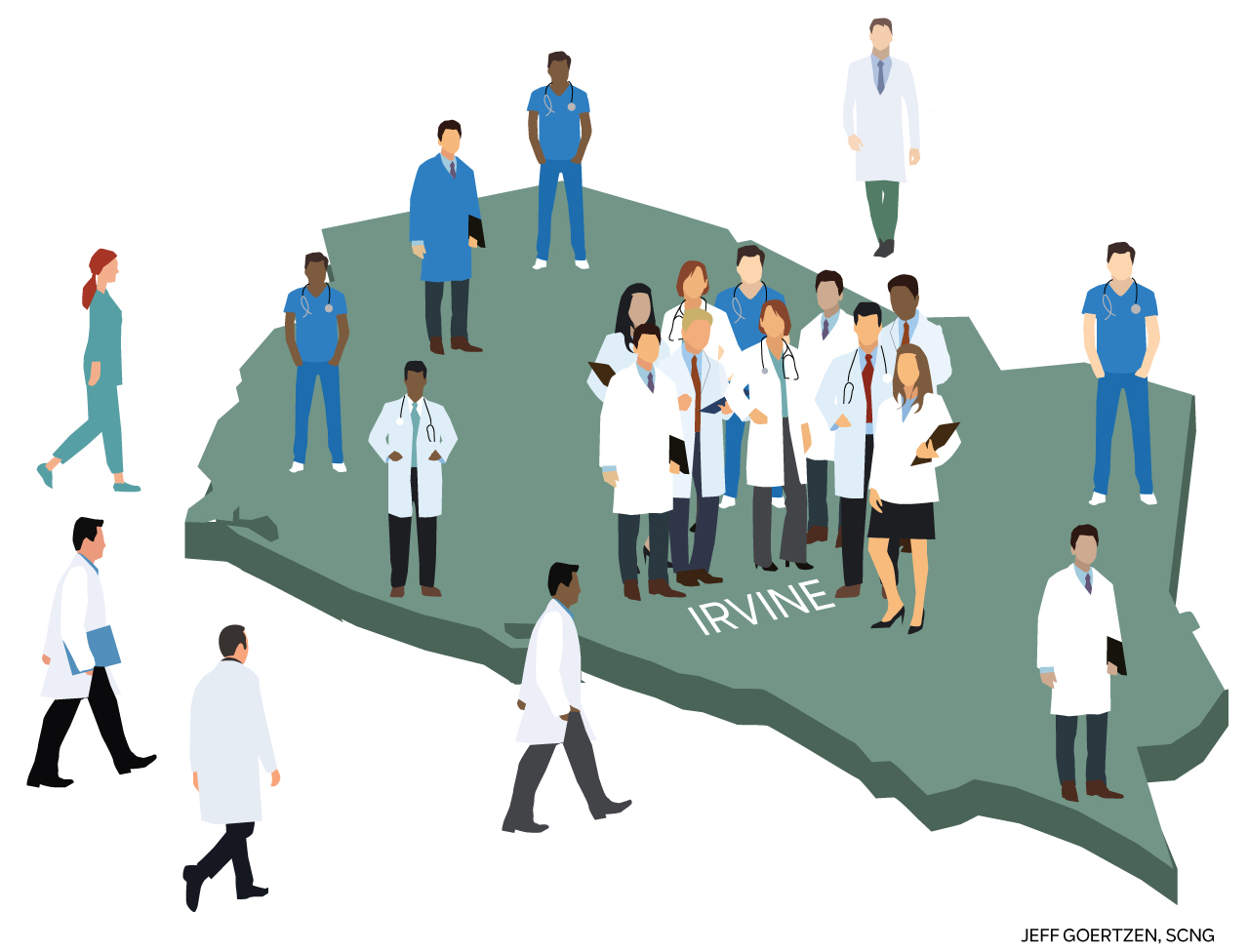Changes in breast tissue among men, often referred to colloquially as “man boobs,” are more common than many might think. According to Dr. Jamin Brahmbhatt, a urologist and robotic surgeon at Orlando Health and an assistant professor at the University of Central Florida’s College of Medicine, these changes can stem from various causes, including fat accumulation, breast tissue growth, and, in rare cases, cancer.
Men can experience two primary conditions that lead to breast enlargement: **pseudogynecomastia**, which is fat accumulation, and **gynecomastia**, the medical term for the growth of glandular breast tissue. Research indicates that asymptomatic gynecomastia, meaning growth without pain or tenderness, occurs in **30% to 50%** of healthy men. This statistic suggests that nearly half of all men may encounter some degree of breast tissue enlargement during their lives, often without even noticing it.
Understanding Breast Anatomy in Men
Breast anatomy in both genders consists of fat and glandular tissue. In men, fat contributes to the size and shape of the breast, while glandular tissue remains largely undeveloped. Hormones play a significant role in this dynamic. In women, estrogen promotes tissue growth during puberty and pregnancy. Conversely, in men, testosterone keeps breast tissue in a small and undeveloped state. However, the basic structures—ducts, glands, and nipples—are present, allowing for conditions such as gynecomastia to develop.
Interestingly, males share the same basic breast structures as females. Nipples form early in fetal development, prior to the differentiation of male and female characteristics. Under specific conditions, men can indeed produce milk, a phenomenon known as **galactorrhea**, usually triggered by hormonal imbalances related to certain medications, health conditions, or hormone therapies.
Distinguishing Between Pseudogynecomastia and Gynecomastia
For many men, the most common cause of fuller chests is fat accumulation, which may result from weight gain. This condition is known as pseudogynecomastia and is prevalent, particularly as **two in five** men in the United States are categorized as obese. Pseudogynecomastia typically presents as a soft fullness and poses no medical risk. Weight loss and healthier lifestyle choices often alleviate this condition.
In contrast, gynecomastia involves the growth of glandular tissue beneath the nipple and areola, presenting a firmer and sometimes tender appearance. This growth occurs due to hormonal imbalances, particularly a shift in the ratio of testosterone to estrogen. During puberty, up to **two-thirds** of boys may experience gynecomastia, which is generally temporary and resolves as hormones stabilize.
As men age, hormonal shifts can again lead to gynecomastia, often exacerbated by weight gain or medications that alter hormone levels. Other factors contributing to breast tissue growth include certain medications, substance use, and underlying health conditions, such as thyroid or liver disease.
Psychological implications are significant for many men dealing with gynecomastia. Issues of confidence, social interaction, and body image can arise, prompting some to avoid situations where they might reveal their chests. Dr. Brahmbhatt emphasizes the importance of discussing these concerns openly, as addressing them can improve mental well-being.
When to Seek Medical Attention
While breast cancer is rare in men, accounting for about **1%** of all breast cancer cases, any new lump or noticeable change in the chest should be evaluated by a physician. Most changes in male breast tissue are benign, but specific warning signs warrant a medical consultation. These include hard lumps that feel fixed in place, unilateral breast growth, nipple discharge, or rapid enlargement.
Treatment options for gynecomastia depend on the underlying cause. If a new medication is responsible for breast tissue growth, switching to a different drug may help. In cases related to substance use, reducing or eliminating alcohol, marijuana, or anabolic steroids can be beneficial. For men who are overweight, weight loss can dramatically reduce pseudogynecomastia.
Even in cases of true gynecomastia, lowering body fat can help by decreasing estrogen levels. While exercises such as weight training can improve chest contour, they do not eliminate glandular tissue. If breast tissue persists, surgical options, such as breast reduction, may be considered. Compression garments can also provide a temporary solution for those seeking to enhance their confidence.
Men experiencing breast tissue changes should approach their health proactively, seeking guidance from medical professionals to determine the best course of action tailored to their specific situation.







